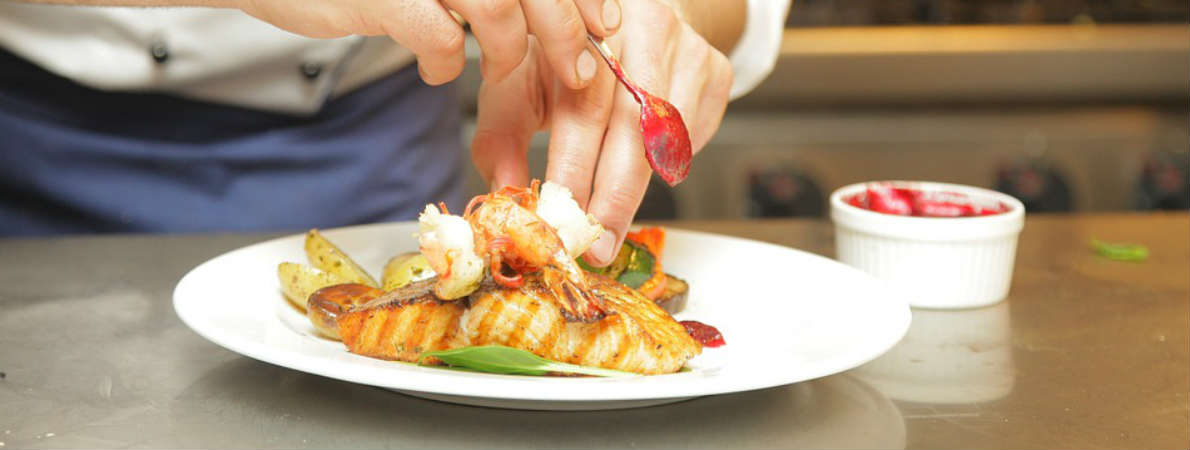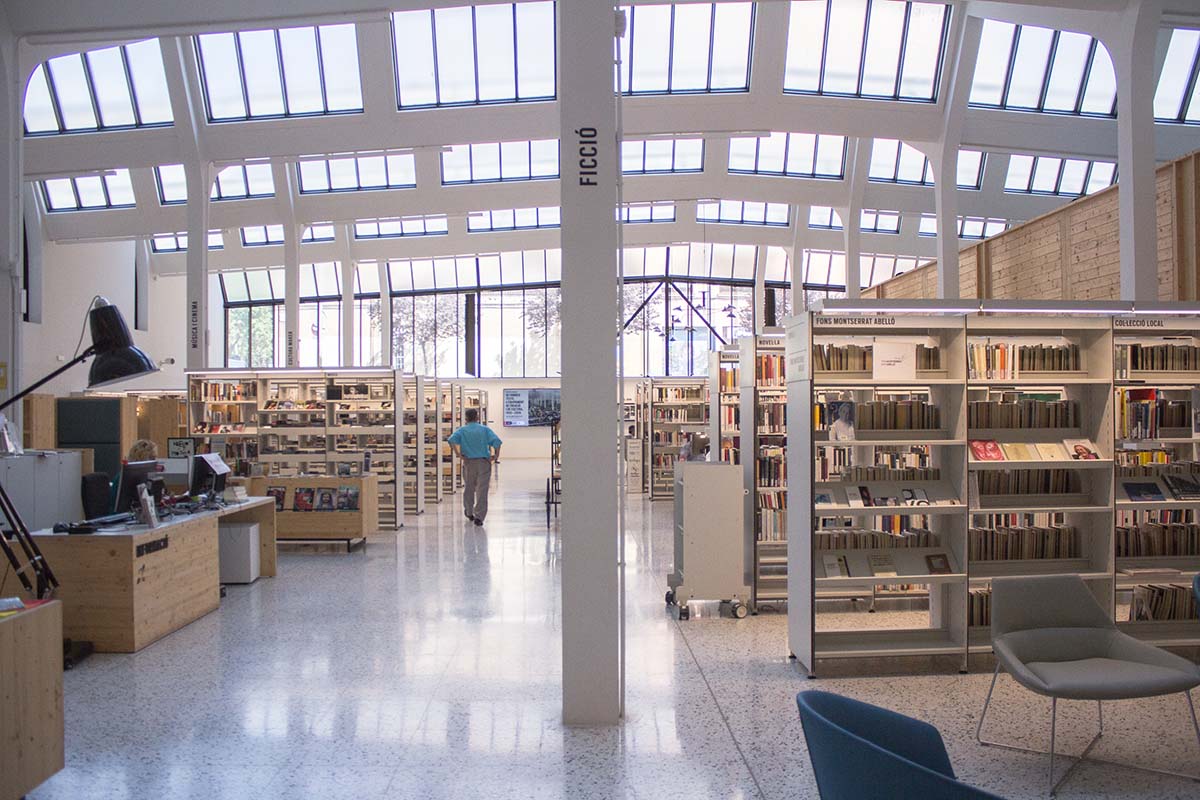Extreme heat can be bad for people’s health, particularly senior citizens and babies. A few simple measures can help you improve the temperature at home. When you leave the house, protect yourself from the sun. Dress according to the temperature and try to keep in the shade. It’s important to drink water often and even to get wet. If it’s hot inside your home you’re advised to spend a couple of hours a day in cool or air-conditioned places such as climate refuges, and to make the most of the cooler air at night to ventilate your home.
Tips for keeping your home cooler
- Lower blinds during the hottest hours and open the windows at night.
- Use the coolest rooms.
- Freshen up often with showers or wet towels.
- Use ventilators, air-conditioning and fans.
- If you haven’t got these, spend a couple of hours a day in cool or air-conditioned places.
Avoid the sun outdooors
- Try to walk in the shade, use a parasol at the beach and rest in cool places.
- Protect your head and wear light, loose-fitting light-coloured clothing.
- Wet your face a little with water and even your clothing.
- Take water with you and drink often, particularly elderly people and young children.
- Make sure pets are well hydrated.
The hottest hours of the day, from 12 noon to 5pm, are the most critical
- Avoid going outdoors.
- Keep physical activity to a minimum.
- Don’t take pets out for walks.
- Try not to use equipment which generates heat.
Stay well hydrated
- Drink plenty of water and juice, including when you’re not thirsty.
- Stick to light meals and avoid very hot meals or dishes which are heavy on calories.
- Avoid alcoholic drinks.
People particularly vulnerable in hot weather
Extreme heat is tiresome for everybody, but some groups are particularly vulnerable to its effects: the over-75s, people with disabilities, reduced mobility or with difficulty looking after themselves, people with chronic conditions and babies. If you’re in one of these groups or you look after somebody who is, bear this in mind as it’s a question of people’s health.
Telecare for hot weather too
Barcelona City Council’s telecare service operates around the clock, every day of the year. Use it or call 061 in the summer if the high temperatures affect your health. Be aware of your body’s reactions and press the red button you wear around your neck if you notice any of these symptoms:
- Severe headaches
- Hot dry red skin
- Cramp in your limbs
- Body temperature too high or too low
- Dizziness
- Nausea
- Vomiting
- Fast or irregular pulse
- Weakness
- Disorientation
What are climate refuges?
If you haven’t got any ventilators of air-conditioning at home, it’s important to spend a couple of hours a day somewhere cool. In emergencies caused by heat, you can go to a climate refuge. There are more than two hundred around the city. They are municipal facilities with temperatures controlled to keep them at 27 degrees. They can be inside or outside and have good accessibility, areas to relax in and water available.
Barcelona’s beaches
Barcelona’s five kilometres of coast has nine beaches and the bathing area at the Fòrum, offering a refreshing option in high temperatures. These are spaces open to the public, free of smoke, with lifesaving and rescue services, toilets, showers and beach bars, designed for people with reduced mobility. Some of them also have an assisted bathing service for people who need personal and technical help to get into the water. There’s also a dog beach.
People can get information in real time to check occupancy levels at beaches, the state of the sea, the quality of water, bathing flags, water and air temperatures, UV levels, the presence of jellyfish and services available at each beach.
Open-air municipal pools
The city also has fourteen municipal open-air swimming pools. These facilities cater for everybody, including people with reduced mobility. They’re open every day of the week and offer a varied range of options for hot days.








